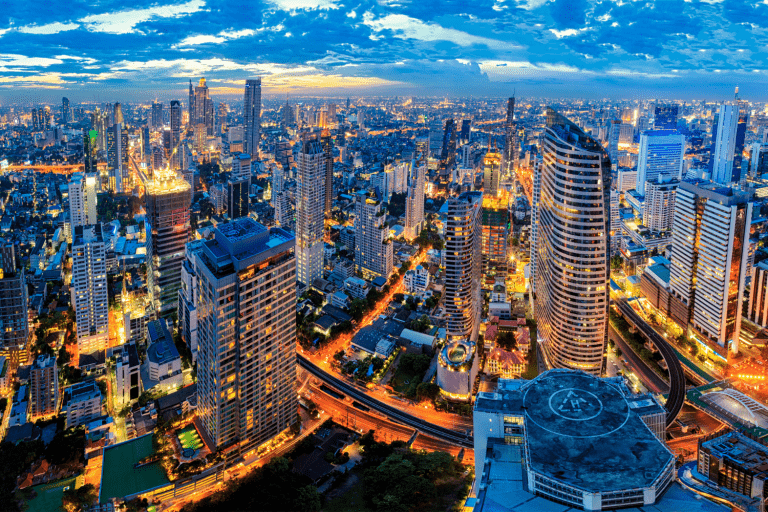Last updated December 5, 2022
Cuba is an island full of rich culture, flavorful food, vintage cars, and of course some stunning beaches! It is an ideal vacation spot for those looking to catch some rays but more than that, being the largest island in the Caribbean, it is an amazing place to do a cultural deep dive.
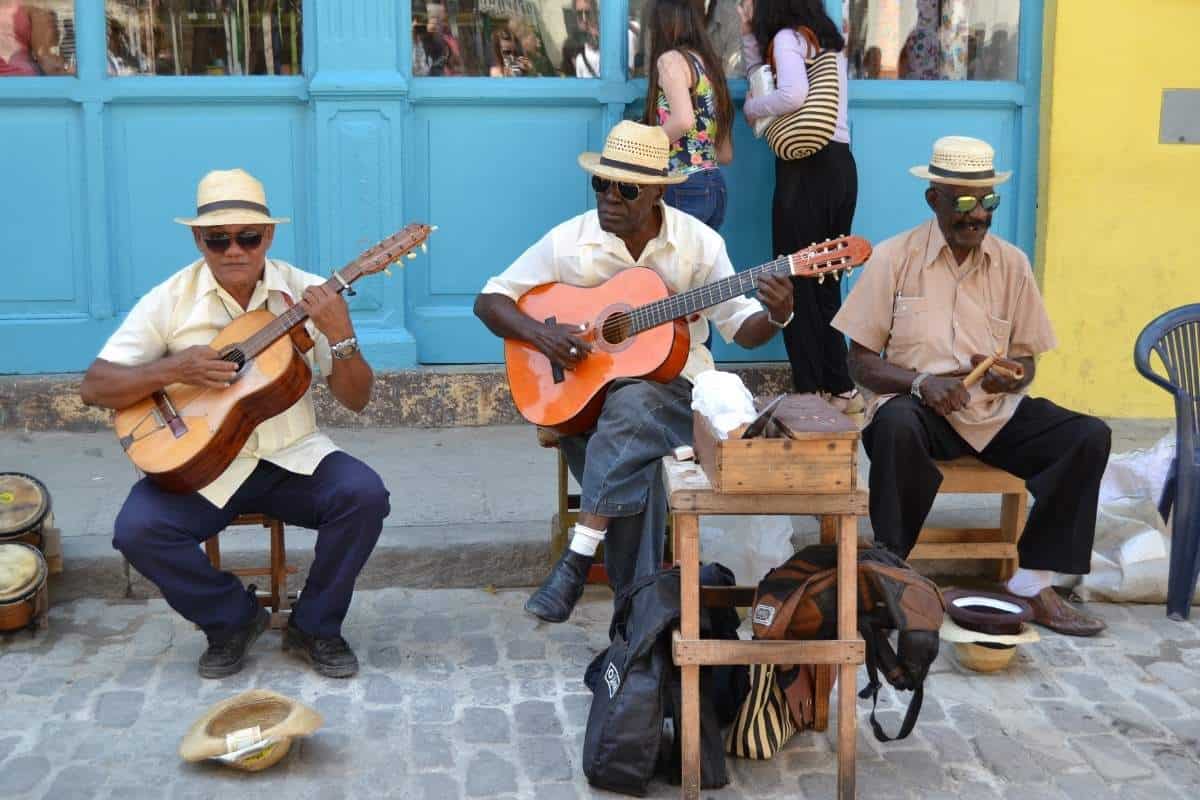
Besides some general information, most interesting facts about Cuba are not well-known but we’re here to change that. Read on to learn all about this fascinating country and take in some Cuba facts!
Already an expert on Cuba? Then go ahead and test your knowledge with our quiz about Cuba, or if you’re not quite ready for that, read on to learn some facts we bet you didn’t know.
30 Facts about Cuba
Geography
~ Despite its apparent distance, the main island of Cuba is not that far off the coast of the United States. The capital city, Havana, is only 150 km from Key West.
~ Cuba is located where the northern Caribbean Sea, Gulf of Mexico, and the Atlantic Ocean meet
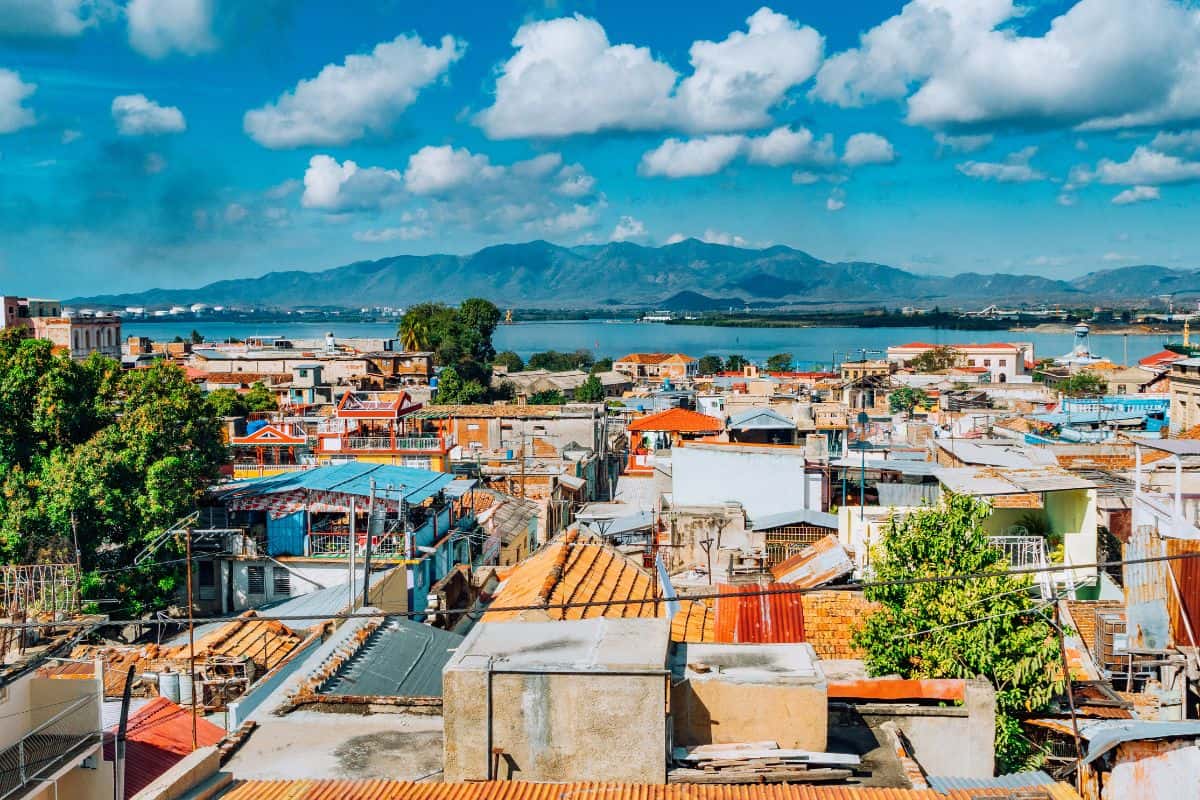
~ The official name of the largest island in the Caribbean is The Republic of Cuba, translated to Republica de Cuba in Spanish. The Republic of Cuba includes the main island of Cuba and Isla de la Juventud as well as several other small islands, with Havana being the capital city on the main island.
~ Cuba is the largest of all islands in the Caribbean. Over 10 times the size of the island of Jamaica, Cuba is also the most populous. In 2020, the population of Cuba was 11.33 million people.
~ The capital of Cuba is Havana (“La Habana” in Spanish) and has a population of 2.13 million residents.
People & Culture
~ Cuba’s literacy rate is one of the highest in the entire world. Not only that, but the number of Cuban doctors exceeds that of all African doctors combined.
~ A ban on Cuban cigars has been placed by the US government, just as a ban on Coca-Cola has been placed by the Cuban government. Although Cubans are not allowed to openly purchase Coca-Cola, some stores do sell it discreetly.
~ Cuba’s main religion is Catholicism, but other religions can be found in Cuba, too. Around 12% of Cubans practice Santeria, an ancient religion similar to voodoo that was developed in Cuba in the 19th century.
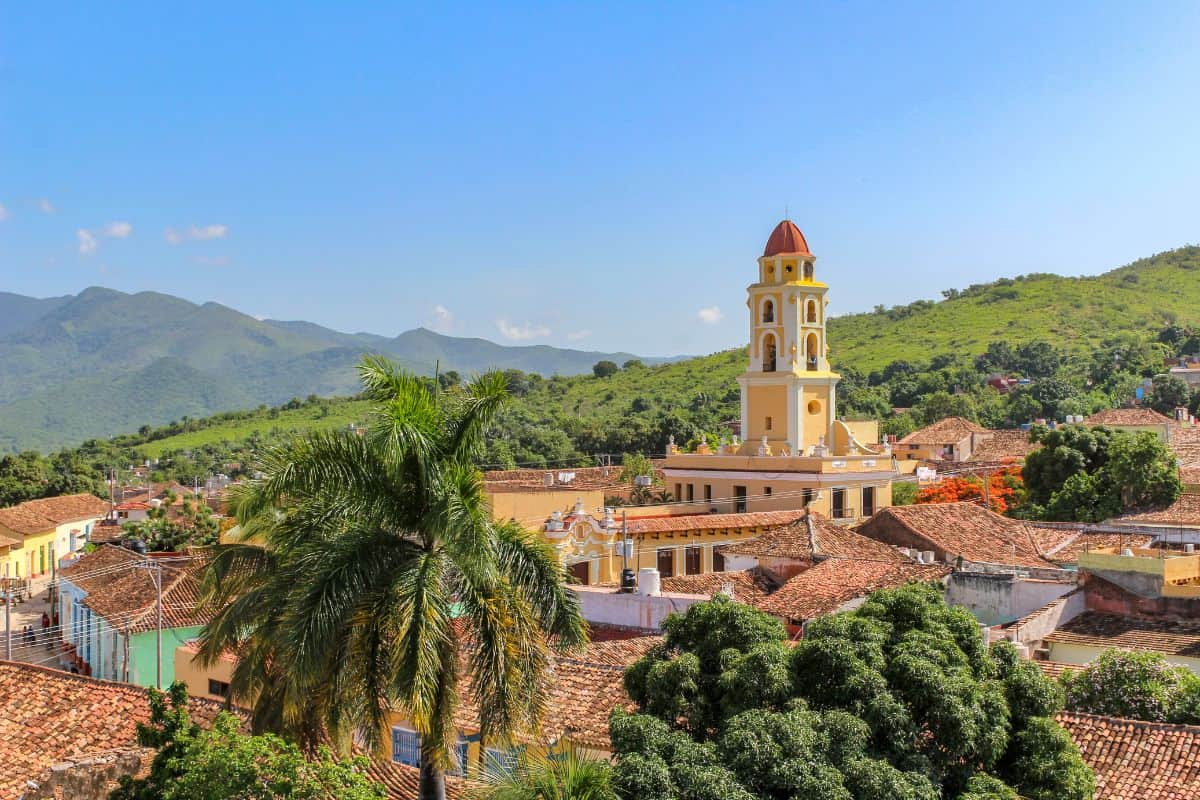
~ In spite of the fact that you can often see it being performed in Havana’s streets, the samba did not originate here, but dance is very important to the culture of the island. The Cuban national dance is called the danzon, and it represents the influence both Africa and Europe have had on the islands.
~ Some of the more fun facts about Cuba: It is tradition to celebrate the New Year by partaking in rituals such as throwing dirty water into the streets, burning a human-sized rag doll, and walking up and down the streets with a fully packed suitcase.
~ For the average Cuban, life expectancy is 79.72 years.
~ It’s safe to say that Cubans excel in athletics, with a number of Olympic boxing champions coming from the country. However, baseball is hands-down the most popular sport in Cuba.
~ There are estimated to be over 60,000 classic American cars in Cuba. After the Cuban revolution, Fidel Castro banned the importation of American cars, leaving the country with a surplus of classic cars. You can see them prominently roaming the streets of Havana and other major cities.
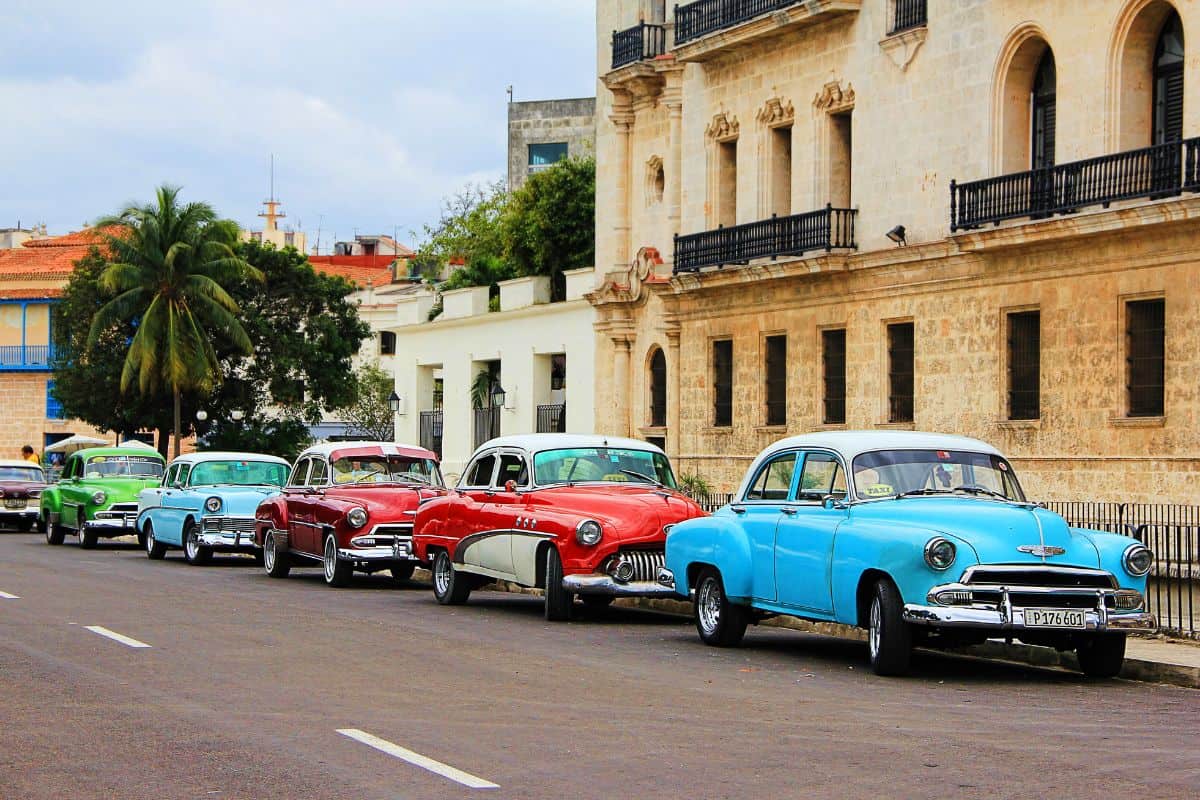
~ Ernest Hemmingway lived in Havana, Cuba for nearly 20 years. The street of Havana must have inspired him because he wrote both ‘The Old Man and The Sea’ and ‘For Whom the Bell Tolls’ during his time on the island.
~ The national dish of Cuba is ropa vieja, a dish made out of flank steak and tomatoes cooked with onions, olives, pimientos, capers, garlic, and roasted red bell peppers, most often served with rice and black beans. The name ropa vieja translates to “old clothes” as not only does the shredded beef and vegetables resemble a heap of colorful rags, but also could originate from the fact that it was often composed of various food left over from previous meals.
Economy
~ Cuba actually has two official currencies: the Cuban peso and the Convertible peso. The Cuban peso has been in limited use since 1994, and most Cubans and tourists alike now use the convertible peso, which is valued at 25 times higher than the Cuban peso.
~ Almost $500 million worth of Cuban cigars are exported every year, making them a vital part of the country’s economy. Cuban cigars are famous for the high quality of materials used and the attention to detail paid during production. There are rumored to be over 100 steps involved in properly making 1 Cuban cigar.
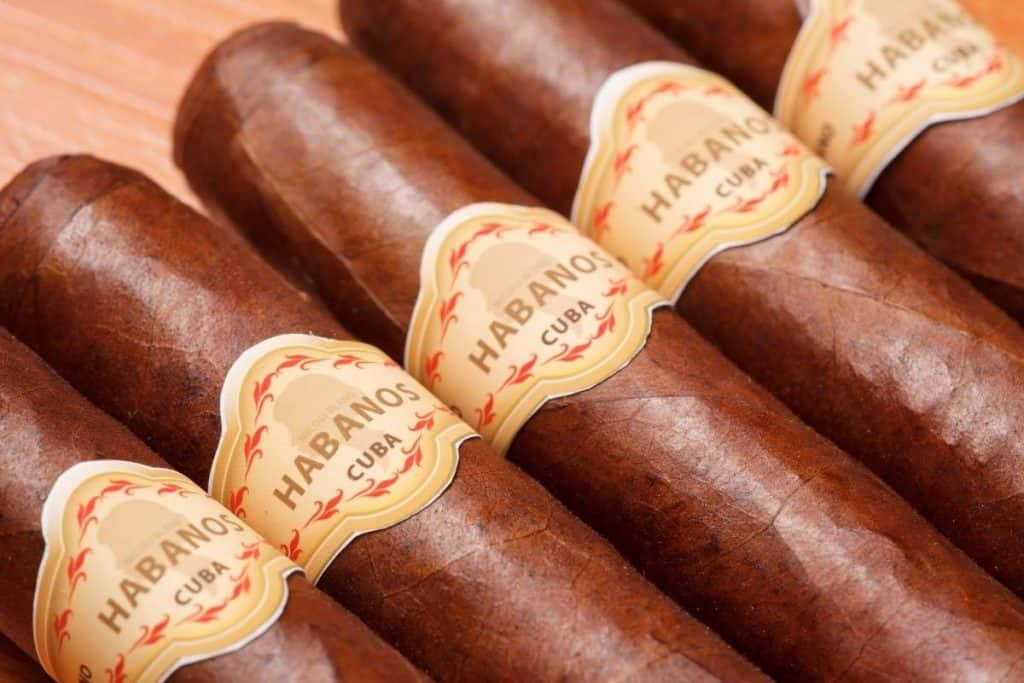
~ The average Cuban lives off less than $2 U.S. per day, with the average salary being only $50 USD per month.
~ Sugar and rum are two of Cuba’s main exports and many rum-based cocktails can be traced back to Cuba, including the mojito, daiquiri, and the classic rum and coke. Bacardi rum, founded and originally made in Cuba, has not been made in the country for over 60 years, and importation of it is impossible due to trade embargos between Cuba and the United States.
Biodiversity
~ Cuba is one place where you can not only see the world’s smallest frog, the Mount Iberia frog, but Cuba is home to the world’s smallest bird, as well. The bee hummingbird, or zunzuncito, weighs less than a US dime.
~ Vastly different from the world’s smallest bird is the Cuban crocodile! This species of crocodile is endemic to Cuba and is critically endangered. Males can reach as large as 3.5 m in length and are known for being extremely aggressive.
~ The best tobacco in the world comes from Cuba’s Viñales Valley.
~ Cuba has the greatest plant diversity of any island in the Caribbean and is known as one of the world’s Biodiversity Hotspots.
History & Government
~ One of the most unique and interesting facts about Cuba: Under the communist government of Fidel Castro, the celebration of Christmas was banned entirely. The ban lasted 30 years.
~ Due to its old style of architecture and many well-preserved fortifications, the district of Old Havana was declared the first of Cuba’s world heritage sites by UNESCO in 1982. There are 9 additional heritage sites in Cuba including the Castillo de San Pedro de la Roca, which was given world heritage status in 1997.
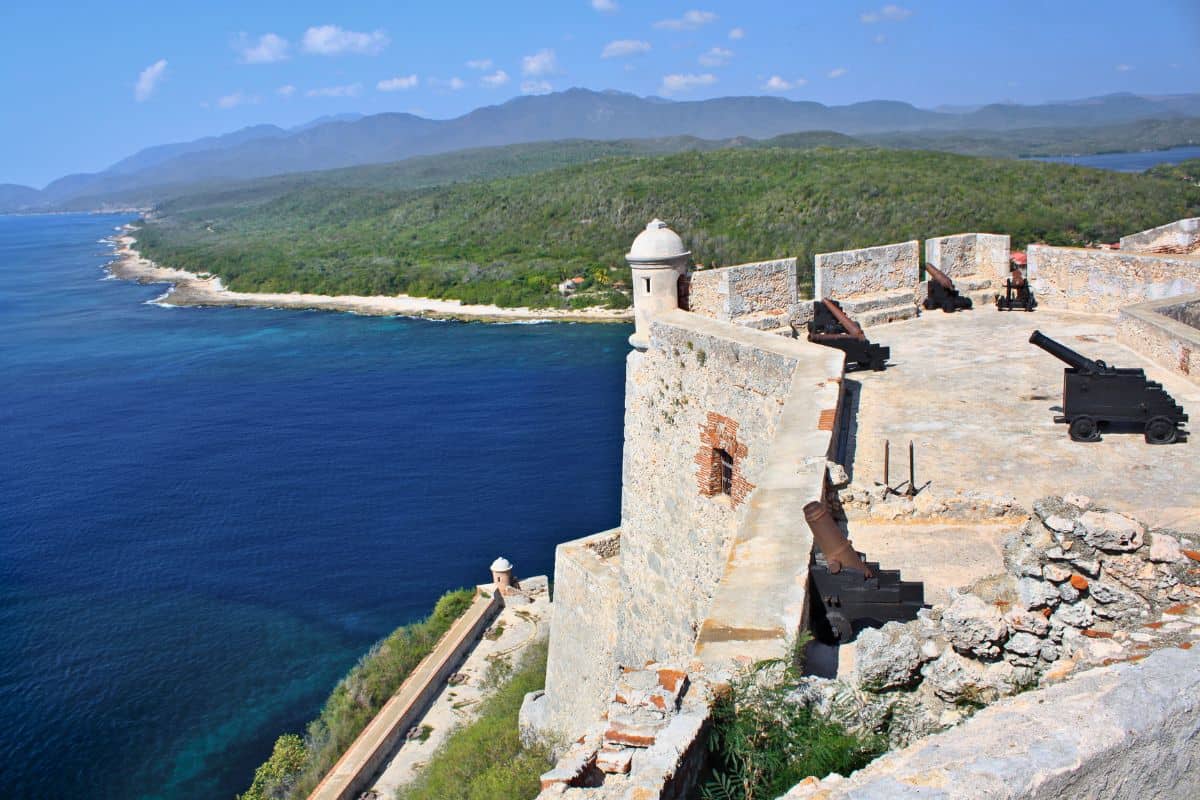
~ The island of Cuba was first claimed as a Spanish territory in 1492 after its discovery by Christopher Columbus. Later on, the capital city of Havana was founded by the Spanish in 1519. Cuba remained under Spanish control until the Spanish-American war of 1898.
~ After the Spanish-American War, Cuba became a protectorate of the USA. On May 20, 1902, Cuba became a fully independent republic.
~ Cuba has been under communist rule since 1965. The country was led by Fidel Castro from 1959 until 2006 when he handed the presidency over to his brother Raúl. The president of the country has been Miguel Díaz-Cane since 2019.
~ The Cuban government is a Socialist republic.
Now that you’ve read our facts about Cuba post, go test your knowledge in our quiz about the island nation!
[adinserter name=”Block 1″]

